Laura Eghobamien is a skilled assay development scientist with more than 17 years of experience in the biotechnology industry. Until February 2024, she served as a lead scientific researcher at Anglia Ruskin University on a part-time basis. She currently works as an independent scientific consultant. In 2020, Laura founded the Black Medical and Scientific Network (BMSN)
#SCIENCE #English #SN
Read more at Technology Networks
SCIENCE
News in English

Hubble was launched and deployed successfully in April 1990, its orbital release a historic action in and of itself. But then the problems began. The issue that caused the blurry images was really just one of multiple problems.
#SCIENCE #English #FR
Read more at Science@NASA
#SCIENCE #English #FR
Read more at Science@NASA
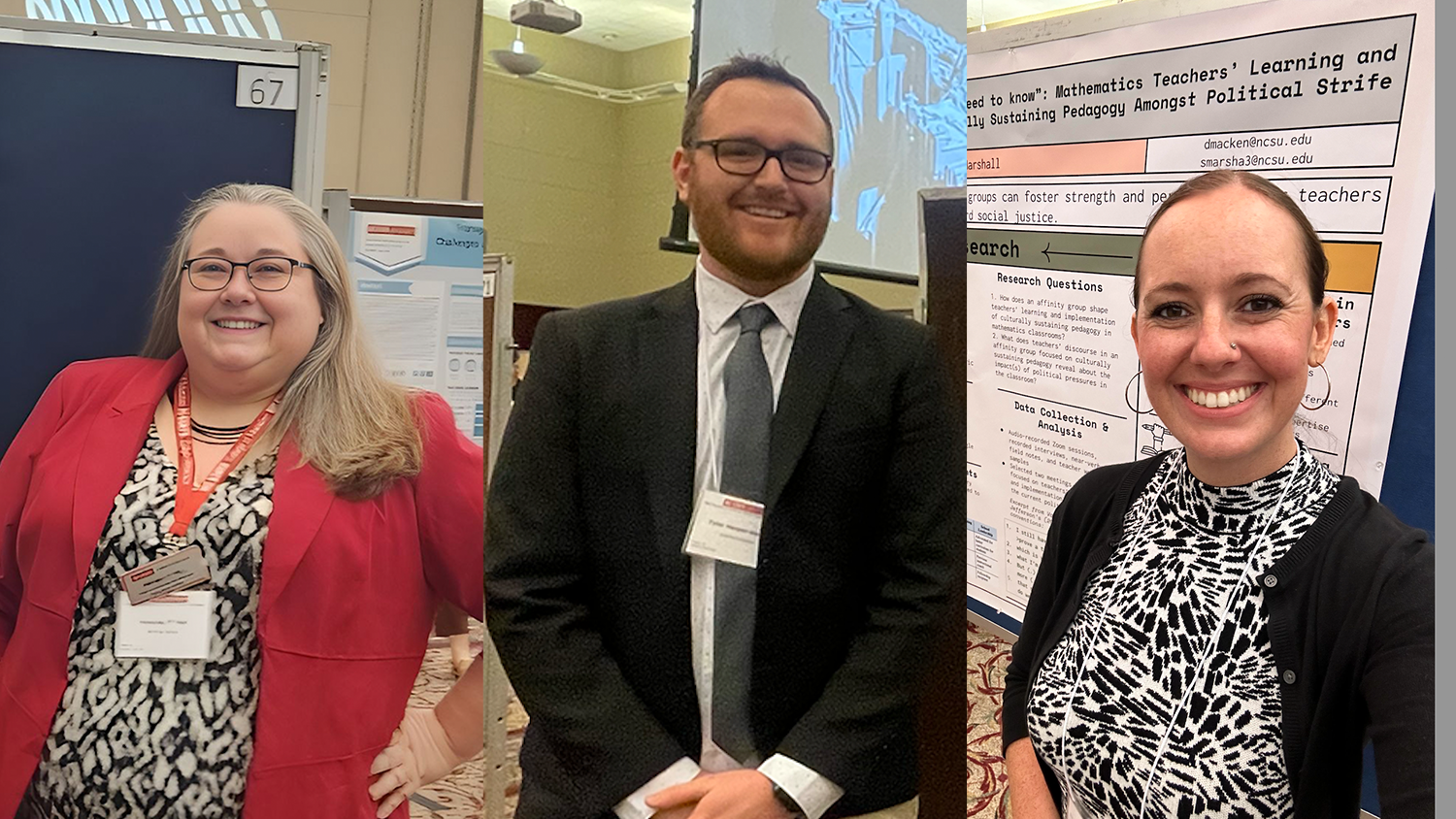
This year’s Graduate Student Research Symposium featured poster presentations from more than 200 students across NC State University. Amanda JF Hall, Tyler Harper-Gampp and Devan MacKenzie took home the first-, second- and third-place prizes in the education category. The work is part of a National Science Foundation-funded project led by Alumni Distinguished Graduate Professor of Science Education Soonhye Park.
#SCIENCE #English #FR
Read more at NC State College of Education News
#SCIENCE #English #FR
Read more at NC State College of Education News
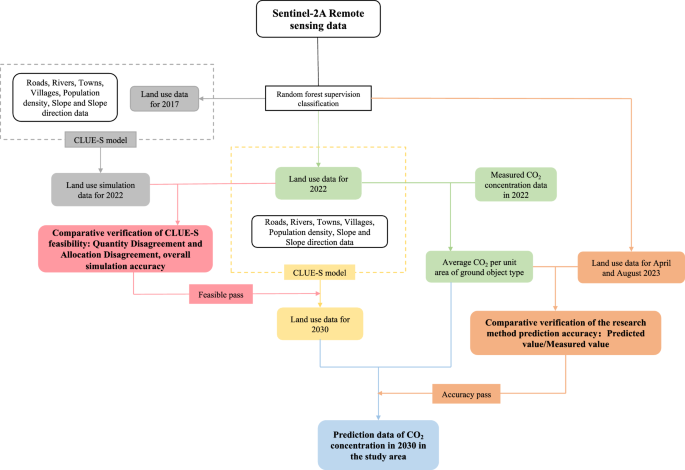
This region was officially designated as the Mianyang Science and Technology City New Zone on December 23, 2020, pursuant to the resolution of the People's Government of Sichuan Province. The study area includes the primary land categories outlined in the IPCC (Intergovernmental Panel on Climate Change) guidelines for land use classification. This area serves as a representative case for the examination of the relationship between land use and its impact on carbon emissions. In recent years, the rapid advancement of deep learning technology, with techniques such as
#SCIENCE #English #FR
Read more at Nature.com
#SCIENCE #English #FR
Read more at Nature.com

The National Science Foundation (NSF) Graduate Research Fellowship Program recognizes and supports outstanding graduate students in NSF-supported STEM disciplines. The five-year fellowship includes three years of financial support including an annual stipend of $34,000 and a cost of education allowance of $12,000 to the institution. Seven MU students and alumni were recently selected for the program, with another five given honorable mention.
#SCIENCE #English #FR
Read more at University of Missouri
#SCIENCE #English #FR
Read more at University of Missouri

NASA is continuing to refine its response to a decadal survey for biological and physical sciences in space. It identified 11 key science questions in three themes: adapting to space, living and traveling to space and probing phenomena hidden by gravity or terrestrial limitations. In a recent interview, Lisa Carnell said the agency is working to analyze and respond to the recommendations.
#SCIENCE #English #PE
Read more at SpaceNews
#SCIENCE #English #PE
Read more at SpaceNews
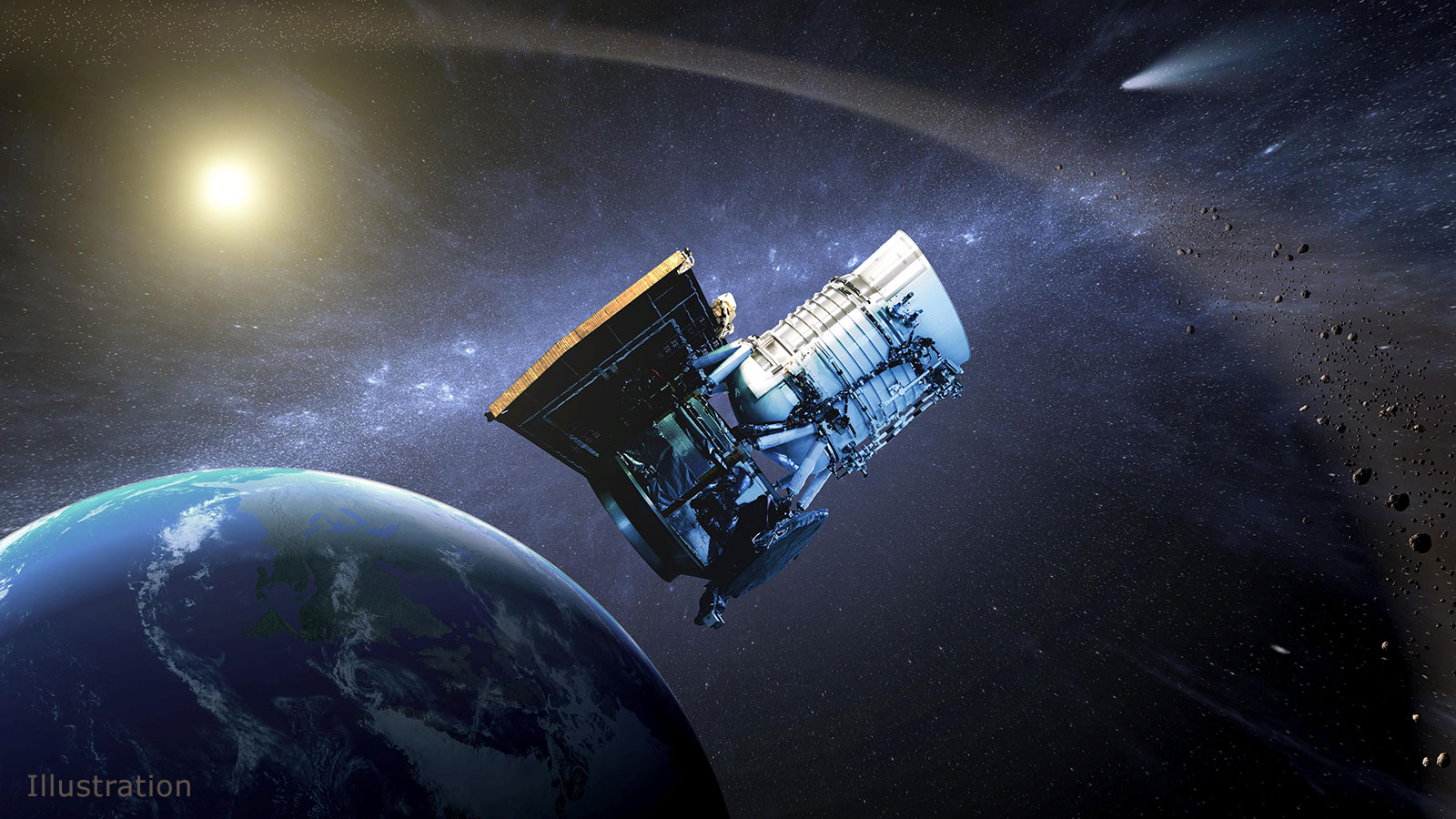
the youngster belongs to a class of stars that gain mass when matter swirls around the star falls onto its surface. The in-falling matter causes the star to appear about 100 times brighter.
#SCIENCE #English #CZ
Read more at Science@NASA
#SCIENCE #English #CZ
Read more at Science@NASA
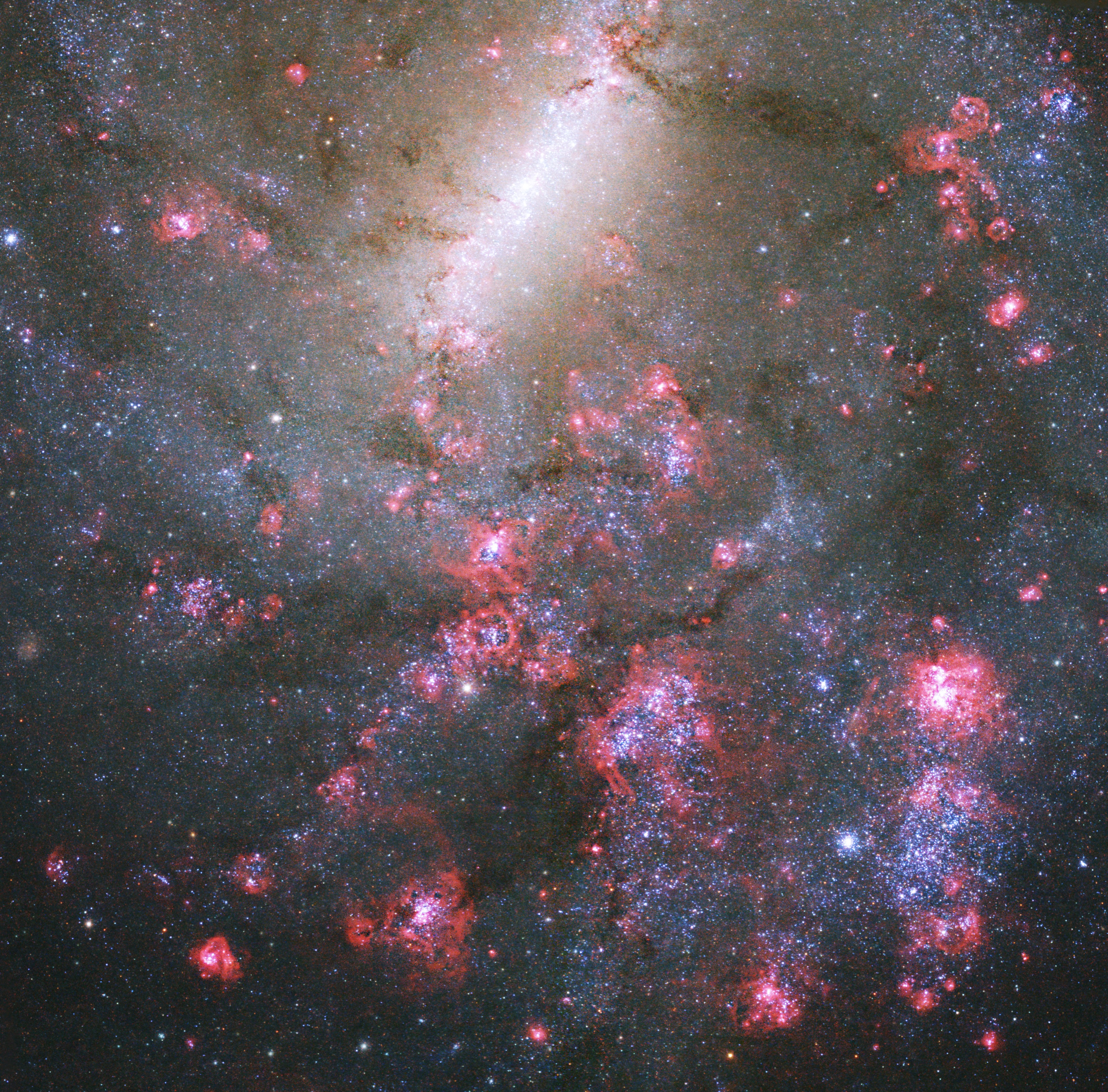
Garnavich is part of a research team known as the Kepler Extragalactic Survey or KEGS. The team is nearly finished mining data from the mission which ended in 2013 with the failure of reaction wheels.
#SCIENCE #English #CZ
Read more at Science@NASA
#SCIENCE #English #CZ
Read more at Science@NASA

The Nature study used data from Hubble and Spitzer Space Telescopes to suggest clouds or haze could be hiding undetected water in hot Jupiters. This new study uses exoplanet data from a single instrument on Hubble to uniformly characterize a larger group.
#SCIENCE #English #CZ
Read more at Science@NASA
#SCIENCE #English #CZ
Read more at Science@NASA
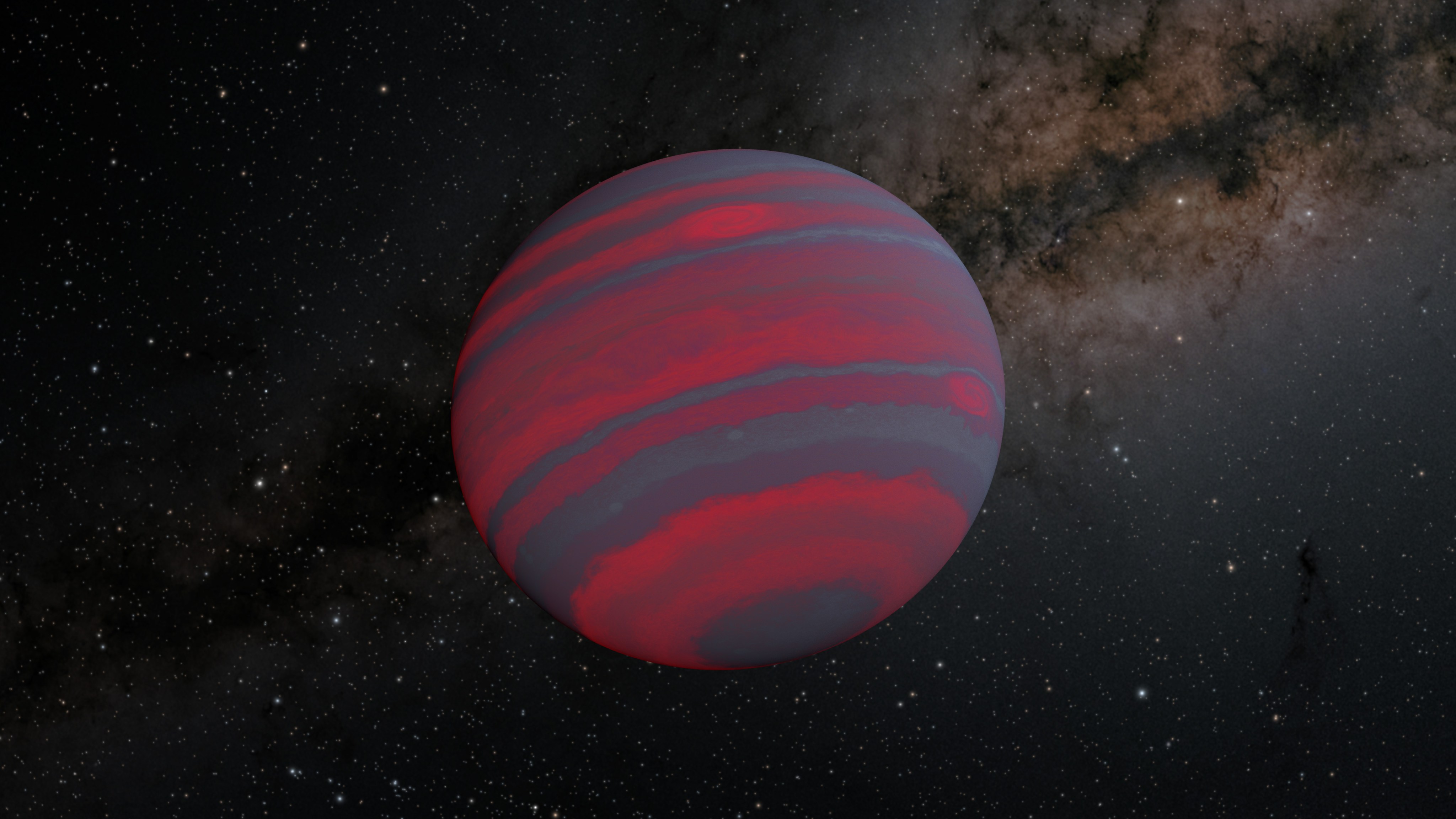
The rapidly rotating brown dwarfs are all about the same diameter as Jupiter but between 40 and 70 times more massive. They rotate about once per hour, while Jupiter spins once every 10 hours. Based on their size, the largest whips around at more than 60 miles per second (100 kilometers per second)
#SCIENCE #English #CZ
Read more at Science@NASA
#SCIENCE #English #CZ
Read more at Science@NASA
